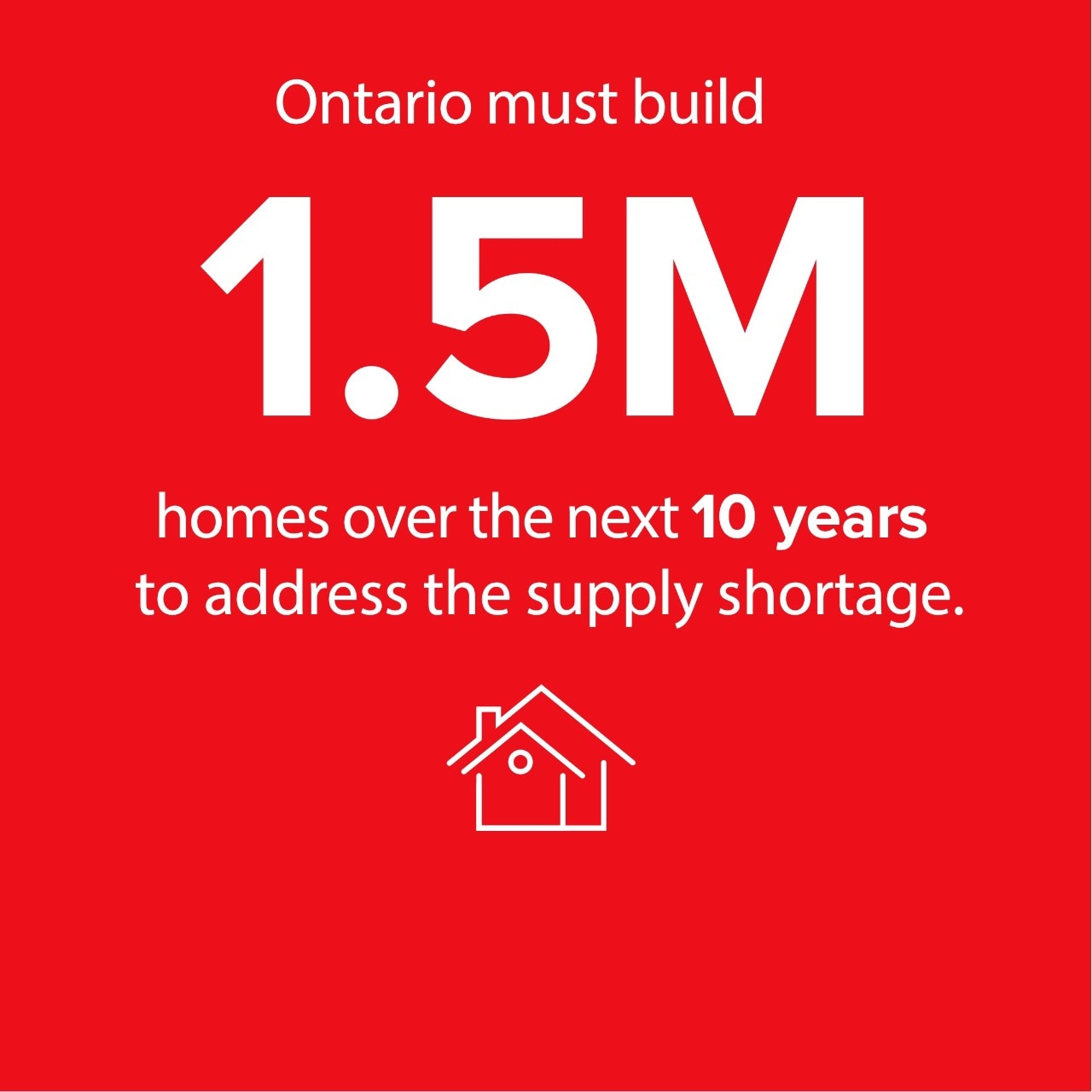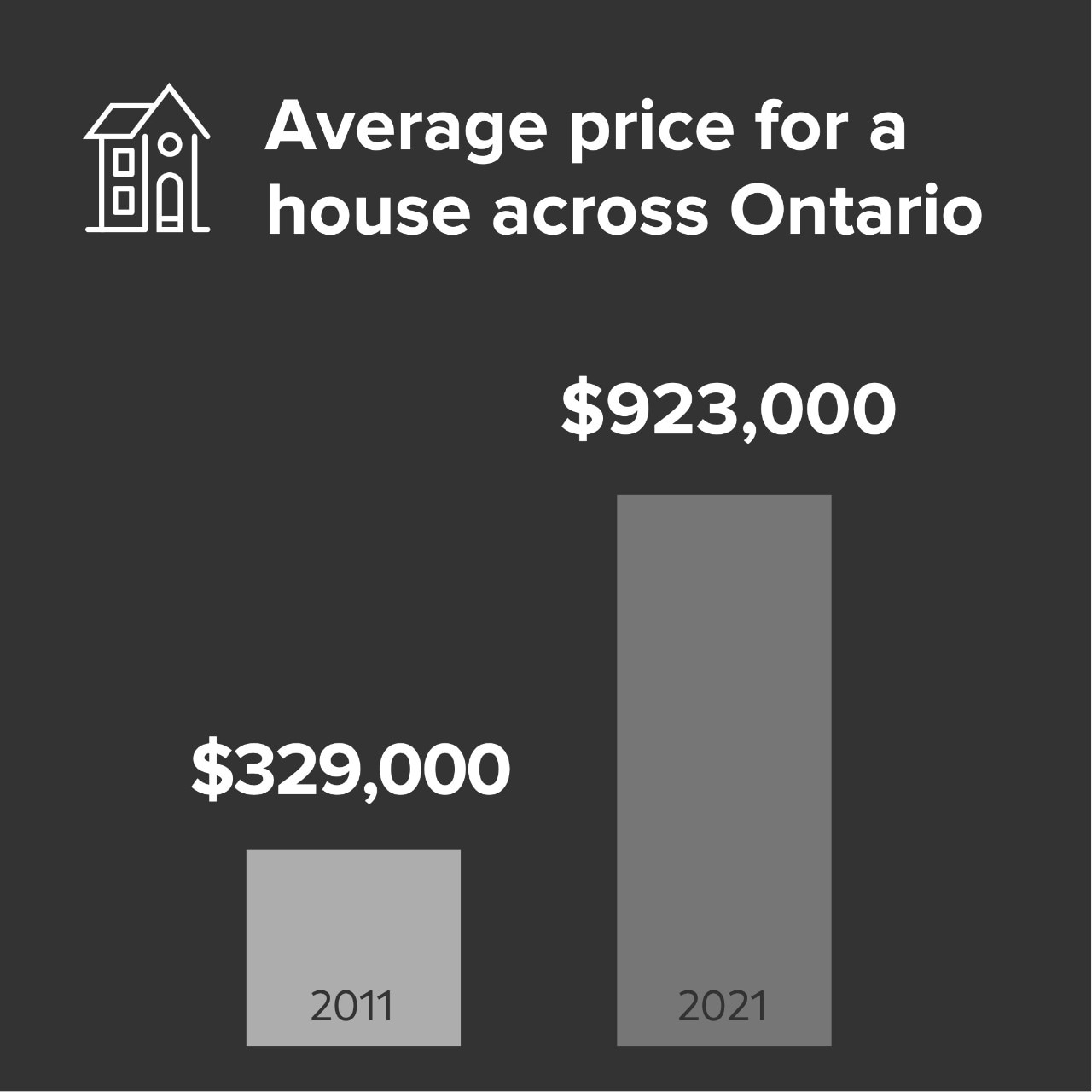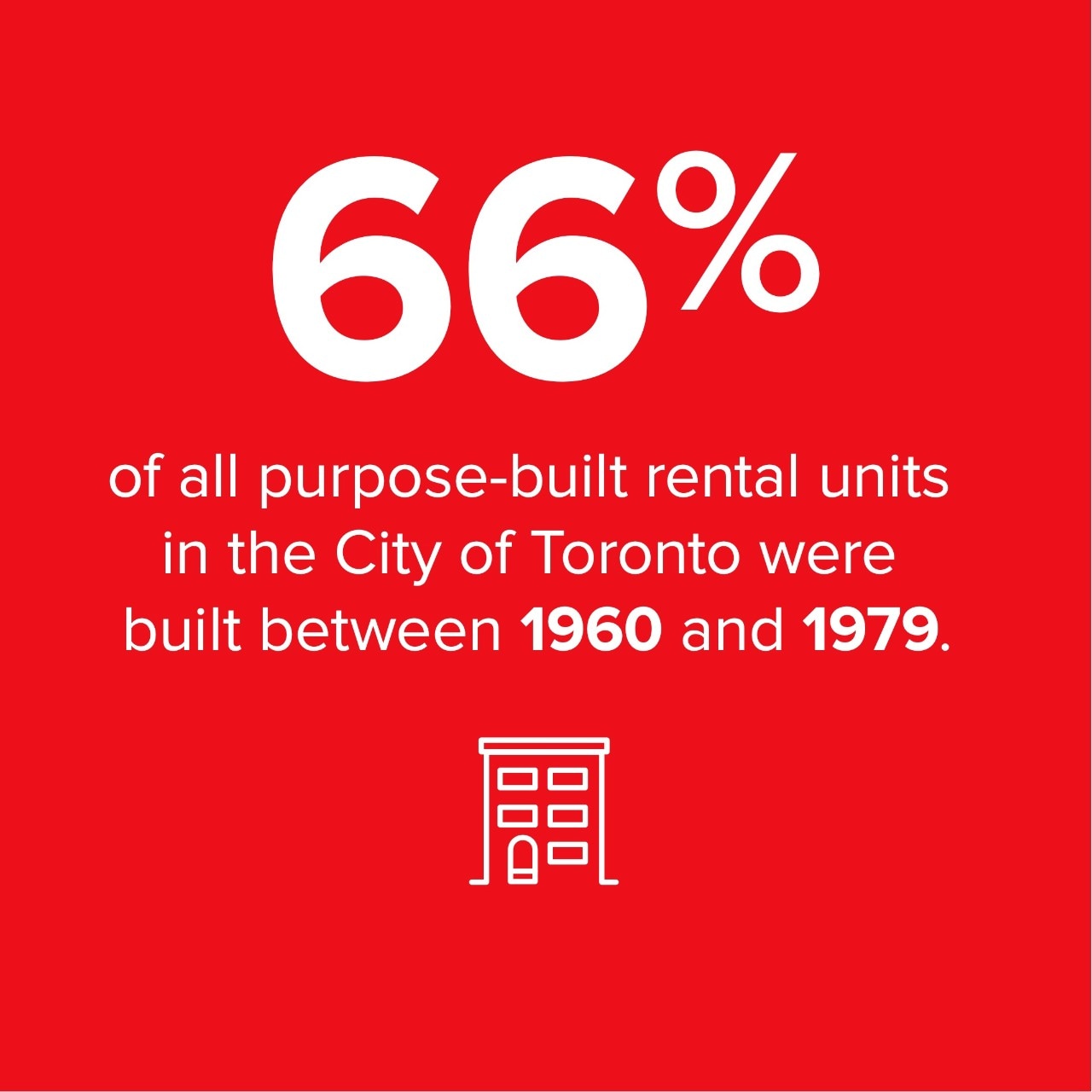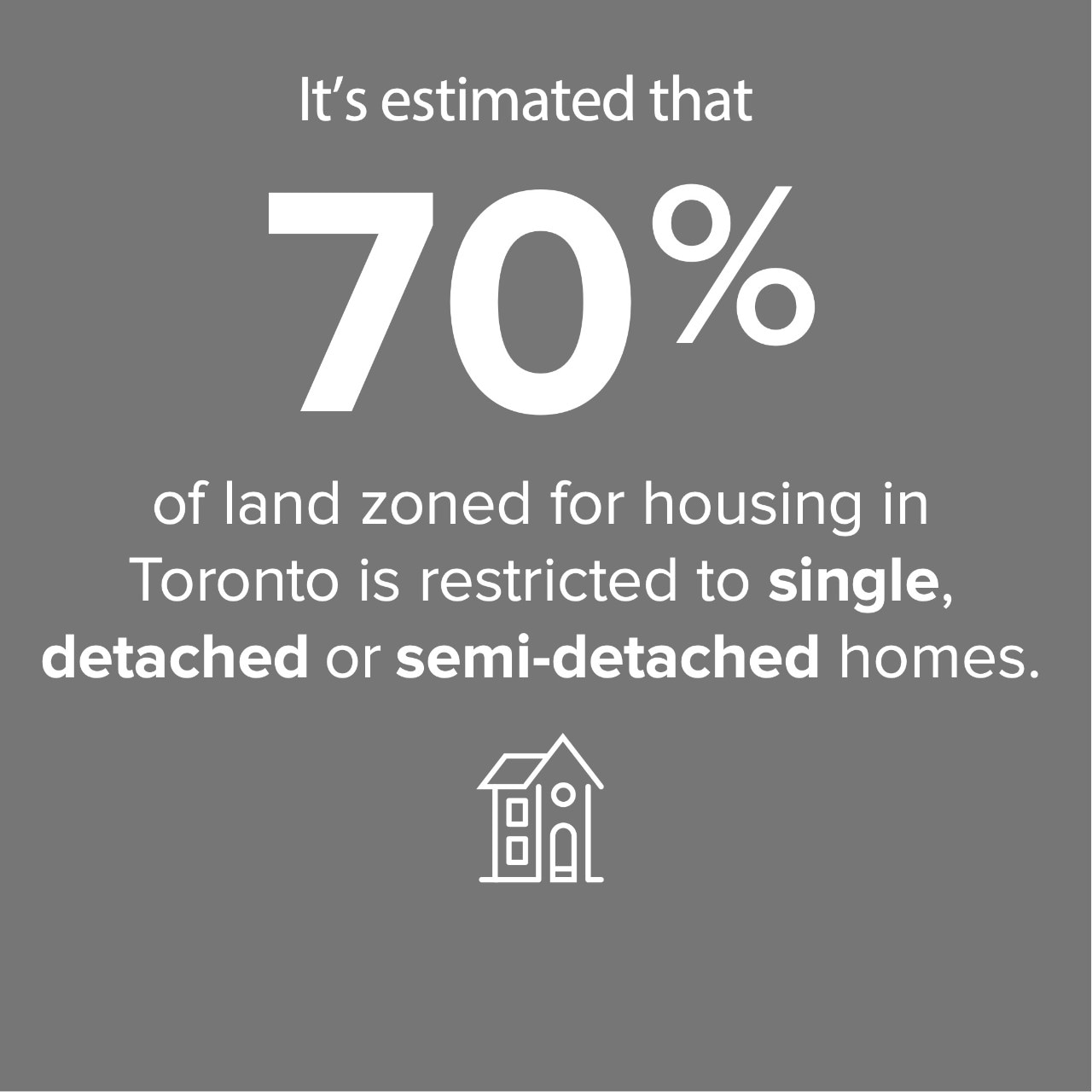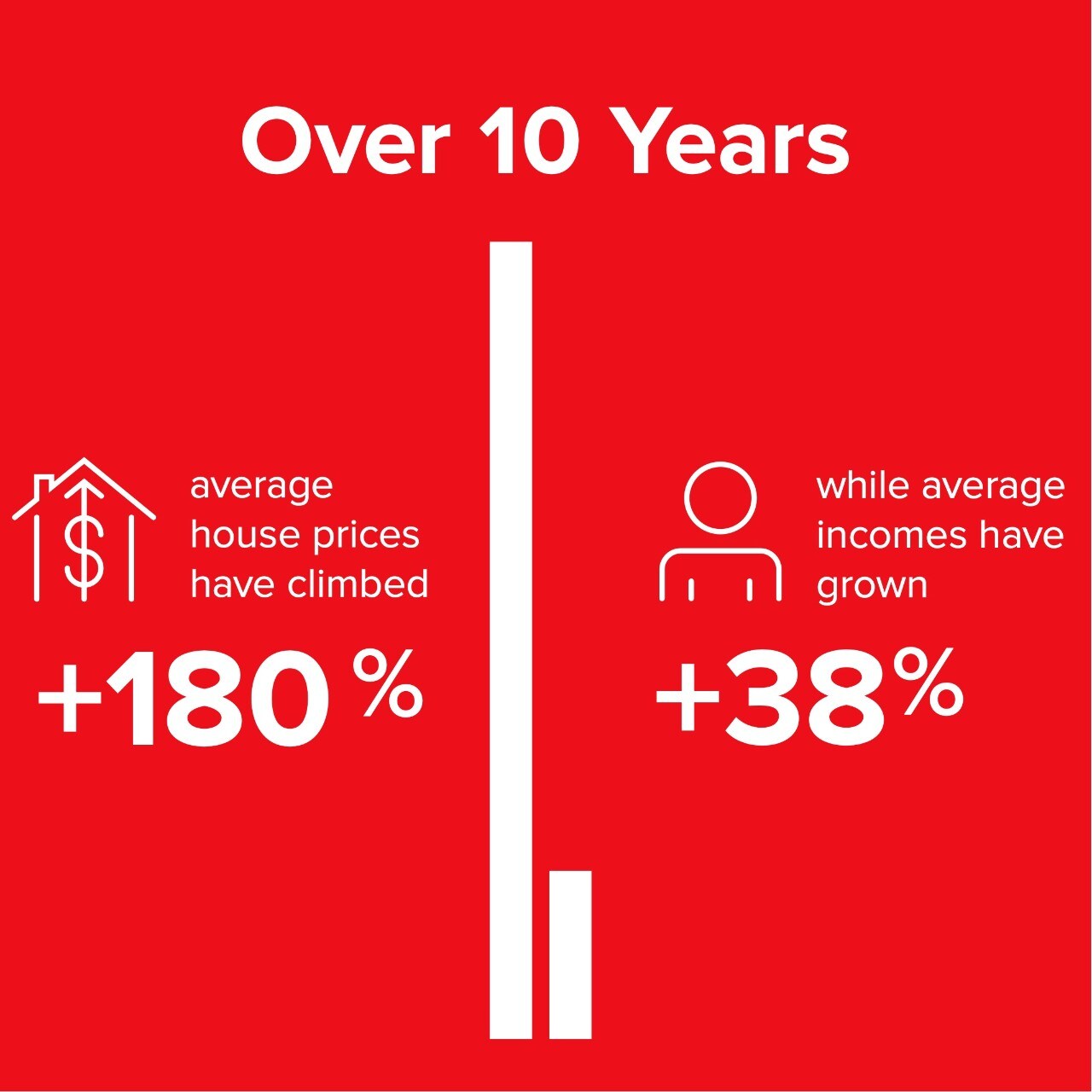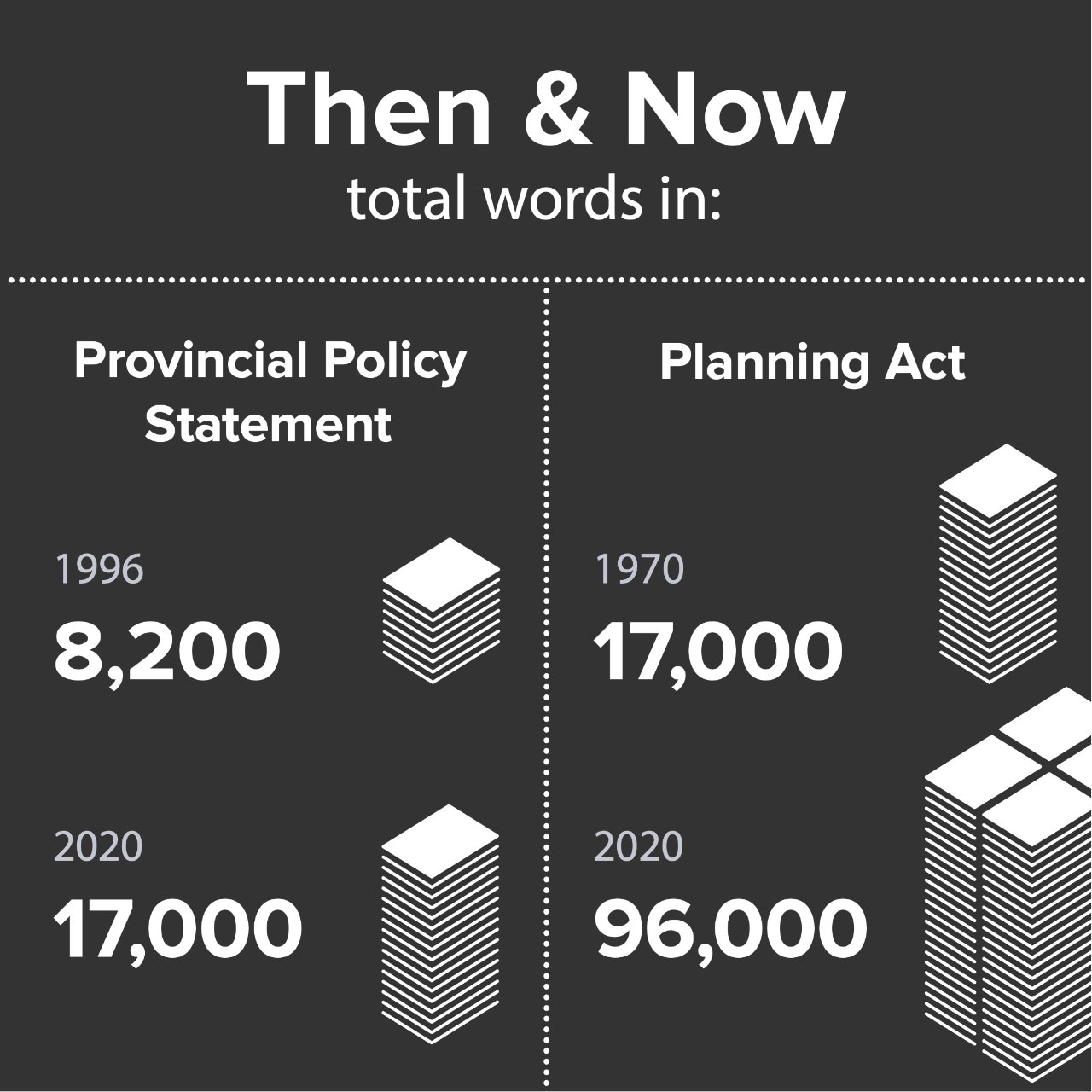By Jake Lawrence
It wasn’t long ago housing for hard-working Ontarians — teachers, construction workers, small business owners — was within their reach. Housing prices have almost tripled in the last 10 years, far outpacing income growth.
If we’re willing to be bold and act quickly, there is a clear path out of the housing crisis that is putting home ownership out of reach for far too many among us.
We all know someone living with the personal and financial stress of not being able to afford housing or who is experiencing it themselves. While the affordability crisis began in our large cities, it has now spread to smaller towns and rural communities.
Some of our most vulnerable communities suffer disproportionately from this phenomenon — young people, new immigrants, Black and Indigenous Peoples in Ontario. The high cost of housing has pushed many Ontarians farther and farther away from job markets, leaving business of all sizes struggling to hire.
Quite simply, we are not building enough homes to meet the needs of our growing population. Delays, red tape, and uncertainty add to the cost of building new homes and all those costs are passed on to buyers and renters.
Two months ago, Premier Doug Ford and Municipal Affairs and Housing Minister Steve Clark created Ontario’s Housing Affordability Task Force. Our mandate was clear: deliver concrete, actionable recommendations that will make housing more affordable. And there was no time to waste.
On Tuesday, our report to the minister proposed an ambitious goal — build 1.5 million new homes over the next 10 years — and laid out a series of recommendations to get there:
- Increase housing density everywhere. Municipal zoning rules often prevent adding another unit to a home, let alone building multi-storey, multi-unit buildings, even along public transit lines where density makes the most sense. Modernizing zoning would also open the door to more rental housing, making more neighbourhoods accessible to more people.
- Scrap exclusionary rules that block or delay new housing. Ensure that people’s need for housing takes priority. For example, the possibility that new housing will cast a shadow on part of a backyard during part of the year means too much housing doesn’t get built. We need to put people first again.
- Depoliticize the housing approvals process. In a study of 35 developed countries, only the Slovak Republic takes longer than Canada to approve a building permit. The U.K. and the U.S. approve projects three times faster without sacrificing quality or safety. Red tape and costly delays are increasing the costs of building homes and Ontarians suffer. The impact is even worse for affordable housing. Timely approvals overseen by municipal staff, not politicians, will help get more housing built.
- Prevent abuse of the housing appeals system. A single individual can pay a $400 fee to appeal a housing project and tie it up for years. The cost of delay is enormous, and it is paid by home buyers. Among other changes, we must ensure that only appeals with merit are heard and the costs of unsuccessful appeals are paid by those blocking housing, not new home buyers.
- Support municipalities that create housing. Municipalities are the most important partner in housing, and some are making great strides. They should be rewarded and compensated for making progress on housing density, new construction, and timely approvals.
The way housing is approved and built was designed for a different era and no longer meets the needs of Ontarians. The balance has swung too far in favour of lengthy consultations, bureaucratic red tape, and costly appeals, all of which encourage NIMBYism — the Not In My backyard response — even when it involves affordable housing for vulnerable people. The barriers that delay housing and drive up the cost of homes are directly felt by home buyers and renters. It is simply too easy to oppose new housing and too costly to build it.
We have to remove as many of the roadblocks to new construction as possible.
Our report, with its nearly 60 recommendations, is not an “all or nothing” proposal. It is a set of options that the government has at its disposal to get more homes built, make housing more affordable, and create a fairer system for all Ontarians.
If we want more Ontarians to have housing — that most basic of human needs — we have to build more housing for Ontarians. But we must be bold and act now.
Jake Lawrence is CEO and Group Head of Global Banking and Markets at Scotiabank and chaired Ontario's Housing Affordability Task Force. This article was first published in the Toronto Star and republished with permission.
Take a closer look at the key stats:
(Links below to download images for media use)


